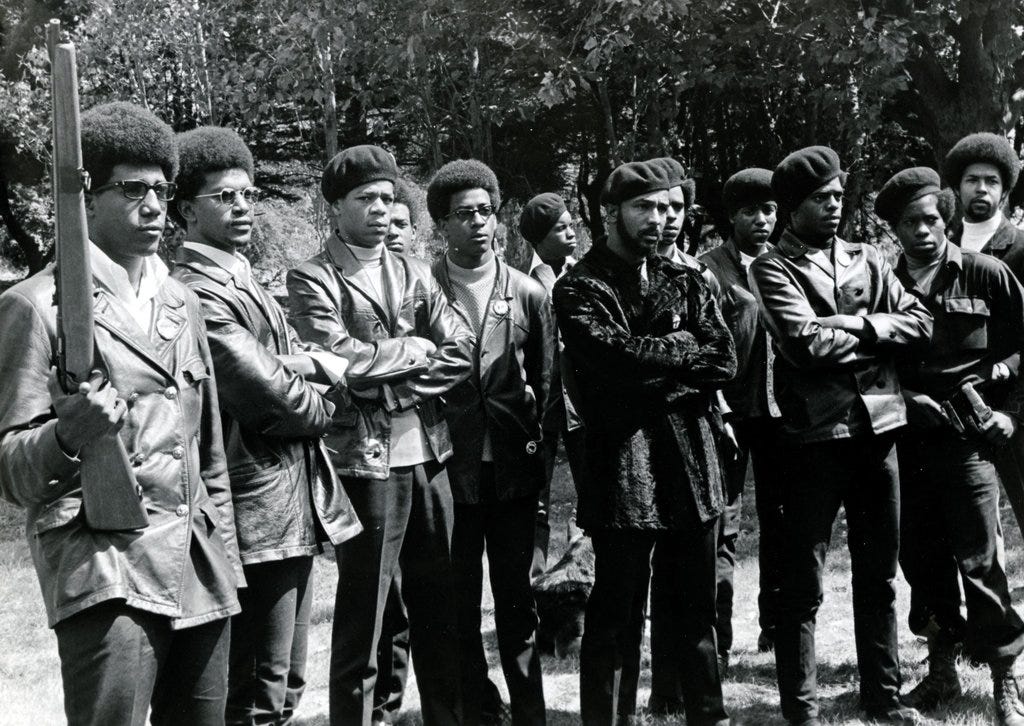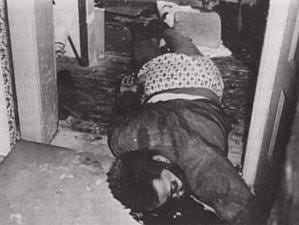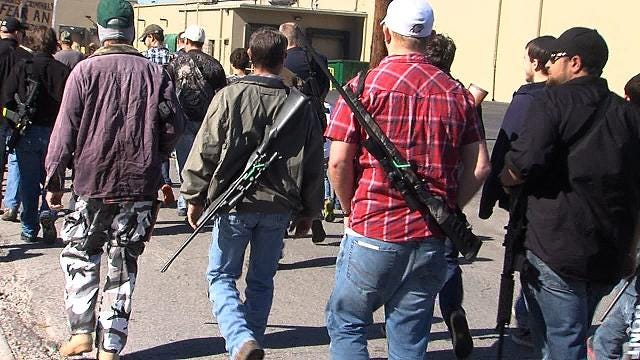Racism and The Double Standard of Guns
Racism and The Double Standard of Guns
This weekend, another militia featuring another Bundy entered into their second armed standoff with the American government.
The first had been on federal land that the Bundy ranch claimed de facto ownership of. According to the Sheriff in charge of apprehending them, “they were in my face and pointing weapons”.
When government flinched, Ammon Bundy remarked triumphantly “The war has just begun”. Emboldened by their victor, Ammon Bundy has joined another militia in the storming and occupation of a federal building by several dozen armed men, during which one member of the occupation would state “I didn’t come here to shoot; I came here to die”.
It’s hard not to view this in the context of the continued use of excessive violence against black Americans. Most notably, the grand jury came back for Tamir Rice with a refusal to even charge Officer Loehmann with a crime. Among the key pieces of “evidence” that were presented to prove his innocence was the toy gun Rice had, which caused Officer Loehmann to “fear for his life”.
The contrast is stark and unforgiving: a single child with a toy gun causes officers to be so filled with fear that they open fire within two seconds, while a group of a dozen armed men is allowed to occupy a federal building despite saying “We’re planning on staying here for years, absolutely”.
And while many have jumped to compare the two contemporary events, perhaps a more apt comparison to the Bundy separatists lies in history, with this famous creed:
It doesn’t mean that I advocate violence, but at the same time, I am not against using violence in self-defense. I don’t call it violence when it’s self-defense, I call it intelligence.
What right-wing militia leader said this? It turns out…Malcolm X.
Like the Bundy separatists and other right-wing militias, the Black Panthers — intellectual allies of Malcolm X — believed in the primacy of self-defense through gun ownership. In fact, the Black Panthers were originally known as the Black Panther Party for Self-Defense.
And unlike modern movements like Black Lives Matter — which seek to follow police officers with cameras — the Black Panthers sought accountability by following the police with guns.
We don’t need to speculate about how law enforcement would respond if the militia in Oregon were black because we know how they responded to The Black Panthers. By forming a wholly new “urban guerrilla, counterinsurgency, armylike” force: SWAT.
In 1969, SWAT and various police departments led armed raids on Black Panther Headquarters across the nation. One of the earliest — targeting Illinois Black Panther chairman Fred Hampton — took place at 4 AM. During the raid, officers fired 90+ shots to the Black Panther’s one (which was fired as part of a death convulsion). Fred Hampton, having been drugged the previous evening by an FBI informant, was found wounded and unconscious, but alive in bed. He was then shot twice in the head and died.
Another raid led to a four-hour shootout with six Black Panthers, with everything from helicopter mounted guns to grenade launchers brought to bear against them. The justification given for the raid was a warrant for suspected gun possession. The Black Panthers were later vindicated on self-defense claims.
It is easy to imagine the modern NRA speaking kindly of the Bundy militia and their multiple standoffs with government. It’s not hard to put together the “Don’t Tread on Me” and the “Stand Your Ground” and the “States’ Rights” and paint a picture where the Bundy militia is a bunch of patriots fighting for their rights.
And yet where was the NRA when the National Guard cited the presence of guns as one of their reasons for escalating their clashes with protestors in Ferguson, in Baltimore, in cities across the nation who rose up in protest against the state-sponsored murder of black men?
The answer is simple: the NRA is not about guns and fears of gunlessness. It has been about fear of black Americans for the bulk of living memory. We know the NRA now for its focus on the latter half of the Second Amendment:
The right of the people to keep and bear Arms shall not be infringed
But from its inception, the NRA focused on the former half:
A well-regulated Militia being necessary to the security of a free State
The NRA’s origins were in training and proper gun care. But by the mid-1960s and the rise of the Black Panthers, the NRA was one of the leading proponents of new gun control laws.
In fear of the increased open carry by the Black Panthers, the NRA supported the Mulford Act, which — in essence — criminalized the public carrying of loaded firearms. In support of this bill, Ronald Reagan — yes, that Ronald Reagan — said that he saw “no reason why on the street today a citizen should be carrying loaded weapons”. The bill’s sponsor, Republican Don Mulford, added that openly carrying a gun was an “act of violence or near violence”
It wasn’t until 1971, when the Bureau of Alcohol, Tobacco, Firearms and Explosives raided lifetime NRA member Kenn Bellew’s home on suspicion of illegal gun possession that the NRA began to resemble its modern iterations, coming to focus on the unassailable right to gun possession over the next few years.
So when the Black Lives Matter movement points out that a gun in the hands of a black man is seen as a threat, while a gun in the hands of a white man is seen as a right, it’s important to note that this is nothing new. There is nothing unique about Tamir Rice. There is nothing unique about any of the “I feared for my life” or the “I thought he had a gun” or the “He was a threat”.
It is the inevitable consequence of a system which has used the implicit threat of violence to contain black Americans since its inception. One thing has remained constant. A gun in the hands of an American is a right when those hands are white, and a threat when those hands are black.





Comments
Post a Comment